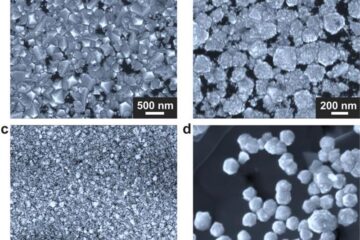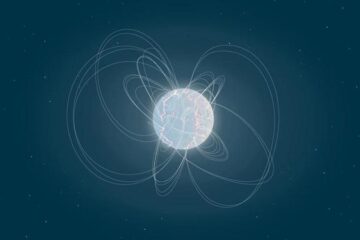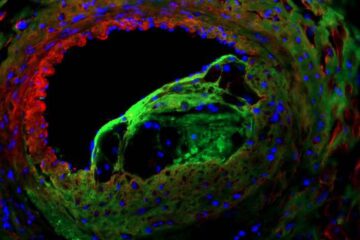Climate change affects Southern Ocean carbon sink

A four-year study by scientists from the University of East Anglia (UEA), British Antarctic Survey (BAS) and the Max-Planck Institute for Biogeochemistry reveals that an increase in winds over the Southern Ocean, caused by greenhouse gases and ozone depletion, has led to a release of stored CO2 into the atmosphere and is preventing further absorption of the greenhouse gas.
Lead author Dr Corinne Le Quéré of UEA and BAS said,
“This is the first time that we’ve been able to say that climate change itself is responsible for the saturation of the Southern Ocean sink. This is serious. All climate models predict that this kind of ‘feedback’ will continue and intensify during this century. The Earth’s carbon sinks – of which the Southern Ocean accounts for 15% – absorb about half of all human carbon emissions. With the Southern Ocean reaching its saturation point more CO2 will stay in our atmosphere.”
This new research suggests that stabilisation of atmospheric CO2 is even more difficult to achieve than previously thought. Additionally, acidification in the Southern Ocean is likely to reach dangerous levels earlier than the projected date of 2050.
Professor Chris Rapley, Director of British Antarctic Survey said,
“Since the beginning of the industrial revolution the world’s oceans have absorbed about a quarter of the 500 gigatons of carbon emitted into the atmosphere by humans. The possibility that in a warmer world the Southern Ocean – the strongest ocean sink – is weakening is a cause for concern.”
The saturation of the Southern Ocean was revealed by scrutinising observations of atmospheric CO2 from 40 stations around the world. Since 1981 the Southern Ocean sink ceased to increase, whereas CO2 emissions increased by 40%.
Media Contact
More Information:
http://www.uea.ac.ukAll latest news from the category: Ecology, The Environment and Conservation
This complex theme deals primarily with interactions between organisms and the environmental factors that impact them, but to a greater extent between individual inanimate environmental factors.
innovations-report offers informative reports and articles on topics such as climate protection, landscape conservation, ecological systems, wildlife and nature parks and ecosystem efficiency and balance.
Newest articles

Making diamonds at ambient pressure
Scientists develop novel liquid metal alloy system to synthesize diamond under moderate conditions. Did you know that 99% of synthetic diamonds are currently produced using high-pressure and high-temperature (HPHT) methods?[2]…

Eruption of mega-magnetic star lights up nearby galaxy
Thanks to ESA satellites, an international team including UNIGE researchers has detected a giant eruption coming from a magnetar, an extremely magnetic neutron star. While ESA’s satellite INTEGRAL was observing…

Solving the riddle of the sphingolipids in coronary artery disease
Weill Cornell Medicine investigators have uncovered a way to unleash in blood vessels the protective effects of a type of fat-related molecule known as a sphingolipid, suggesting a promising new…





















